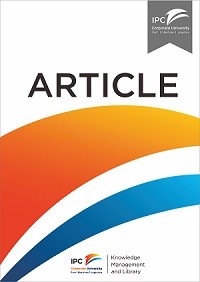Article
U.S. import/export container flow modeling and disruption analysis
International containerized freight movement is a vital part of the supply chain for many companies, anda critical element of moving consumer goods to points of retail sale within the U.S. Containerized imports also present a clear security concern (e.g., terrorists attempting to ship “dirty bombs,” chemical, biological or even nuclear weapons, into the U.S. in a shipping container). The goal of the research presented here is to create a modeling tool for analyzing flows of U.S. imports and exports of containerized freight, and the potential changes in those flows under a variety of conditions (e.g., port disruptions, extensive security-related delays, etc.). Our focus is on movements through maritime container ports, and not overland movements between the U.S. and Canada or Mexico. The network model, referred to as the System for Import/Export Routing and Recovery Analysis (SIERRA), represents container movements between the U.S. and 46 other countries that account for the vast majority of U.S. imports and exports. The SIERRA model is a network equilibrium model that predicts flows between foreign countries and North American ports, the total volumes handled (import and export) by each port, the modal volumes (truck and rail) moving domestically into and out of each port, and volumes between each port and a set of transportation analysis zones within the U.S.
Ketersediaan
Informasi Detail
- Judul Seri
-
Research in Transportation Economics
- No. Panggil
-
ATC LO JON u
- Penerbit
- United States of America : Elsevier., 2011
- Deskripsi Fisik
-
12 p.
- Bahasa
-
English
- ISBN/ISSN
-
0739-8859
- Klasifikasi
-
LO
- Tipe Isi
-
-
- Tipe Media
-
-
- Tipe Pembawa
-
online resource
- Edisi
-
32 (2011) 3e14
- Subjek
- Info Detail Spesifik
-
-
- Pernyataan Tanggungjawab
-
Dean A. Jones
Versi lain/terkait
| Judul | Edisi | Bahasa |
|---|---|---|
| Port capacity evaluation formula for general cargo | Volume 30 | en |
| Container flows and empty container repositioning | Vol. 31 Iss 2 pp. 259-260 | en |
Lampiran Berkas
Komentar
Anda harus masuk sebelum memberikan komentar

 Karya Umum
Karya Umum  Filsafat
Filsafat  Agama
Agama  Ilmu-ilmu Sosial
Ilmu-ilmu Sosial  Bahasa
Bahasa  Ilmu-ilmu Murni
Ilmu-ilmu Murni  Ilmu-ilmu Terapan
Ilmu-ilmu Terapan  Kesenian, Hiburan, dan Olahraga
Kesenian, Hiburan, dan Olahraga  Kesusastraan
Kesusastraan  Geografi dan Sejarah
Geografi dan Sejarah